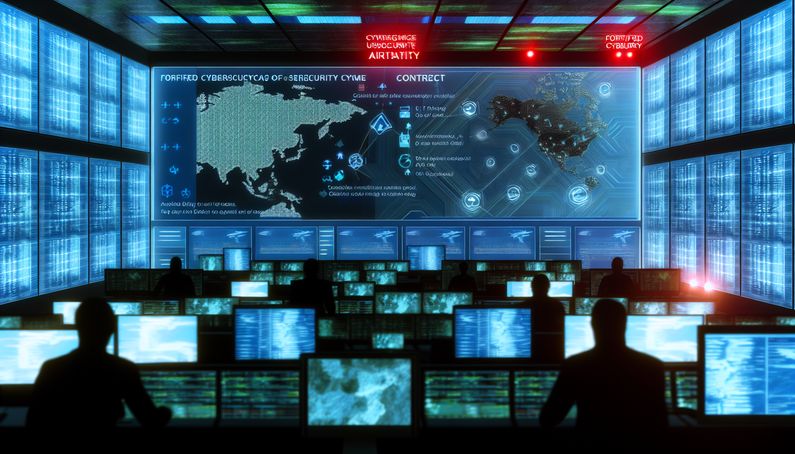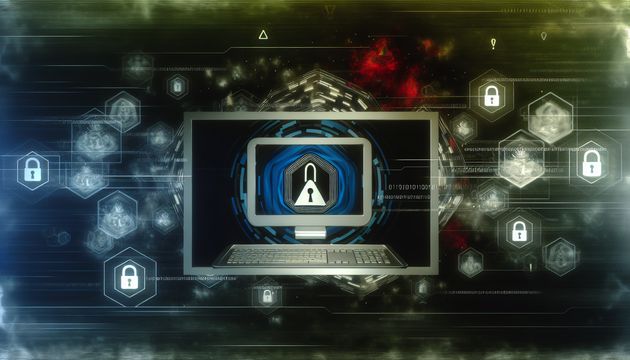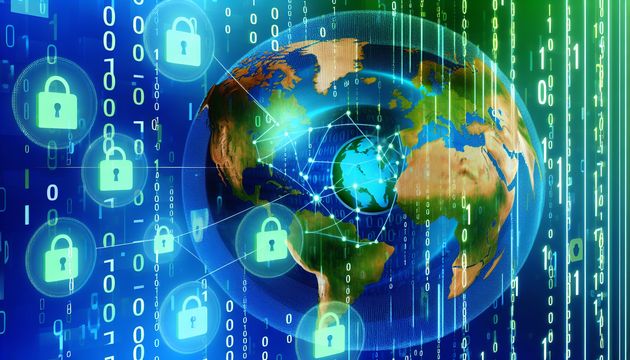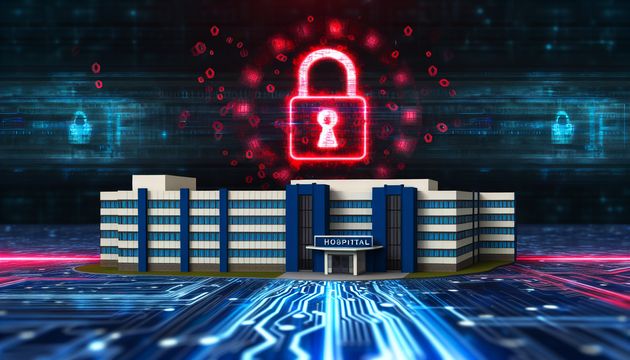
Hawaiian Airlines Cyberattack: A Wake-Up Call for Aviation Cybersecurity
Hawaiian Airlines recently faced a significant cybersecurity incident that disrupted several of its IT systems. Although the airline, owned by Alaska Air Group, has not disclosed the exact nature of the attack, the language used in their communications suggests a possible ransomware attack. This type of cyber extortion involves attackers demanding a cryptocurrency ransom to restore access to affected systems, a scenario increasingly common in the aviation industry (Channel News Asia). The incident underscores the critical need for robust cybersecurity measures, as airlines and airports are frequent targets for cybercriminals (Yahoo Tech). Despite the disruption, Hawaiian Airlines assured that flight operations remained unaffected, focusing on safeguarding non-operational systems (USA Today).
Nature of the Cyberattack
Incident Overview
Hawaiian Airlines recently experienced a cybersecurity incident that disrupted some of its IT systems. The airline, which is owned by Alaska Air Group, reported that the nature of the event was not disclosed. However, the language used in their statements suggests that it may have been a ransomware attack, a common form of cyber extortion where attackers demand a cryptocurrency ransom to restore access to the affected systems (Channel News Asia).
Potential Ransomware Involvement
While Hawaiian Airlines has not confirmed the specific nature of the cyberattack, the terminology used in their communications is often associated with ransomware incidents. In such attacks, digital extortionists paralyze a victim’s computer network, demanding a cryptocurrency ransom for the decryption key. This type of attack has become increasingly common in the aviation industry, highlighting the need for robust cybersecurity measures (Yahoo Tech).
Impact on IT Systems
The cyberattack affected several IT systems within Hawaiian Airlines, although the airline has emphasized that flight operations were not impacted. The disruption primarily involved non-operational systems, and the airline has taken steps to safeguard its operations to ensure that flights continue to operate safely and on schedule (USA Today).
Response and Mitigation Efforts
In response to the cyberattack, Hawaiian Airlines has engaged external cybersecurity experts to assess the impact and assist in restoring affected systems. The airline has also contacted relevant authorities, including the Federal Aviation Administration (FAA), which has confirmed that there has been no impact on flight safety. The FAA is monitoring the situation closely to ensure ongoing operational safety (Bleeping Computer).
Coordination with Authorities
Hawaiian Airlines has been in contact with federal authorities and cybersecurity experts to address the incident. The airline has emphasized its commitment to the safety and security of its passengers and employees, taking swift action to contain the cybersecurity event and minimize its impact. The airline’s proactive approach includes monitoring and reinforcing systems to prevent further disruptions (Archyde).
Industry Context and Implications
The aviation industry is increasingly vigilant about cybersecurity threats, as airlines and airports are frequent targets for cybercriminals. The potential for ransomware attacks, in particular, poses significant risks to operational continuity and data security. Hawaiian Airlines’ recent incident underscores the importance of robust cybersecurity measures and the need for ongoing vigilance in the face of evolving threats (Quanto Sei News).
Communication Challenges
One notable aspect of the incident was the communication challenges faced by Hawaiian Airlines. A representative contacted for further information responded using a Gmail account, which raised questions about the extent of the disruption and the airline’s ability to manage communications effectively during the incident. This highlights the importance of maintaining secure and reliable communication channels, especially during a cybersecurity event (Logistics Maritime Professional).
Lessons Learned and Future Preparedness
The Hawaiian Airlines cyberattack serves as a reminder of the critical need for comprehensive cybersecurity strategies in the aviation sector. Airlines must invest in advanced security technologies, conduct regular vulnerability assessments, and develop incident response plans to mitigate the impact of future attacks. Collaboration with industry partners and authorities is also essential to enhance overall cybersecurity resilience (Honolulu Star-Advertiser).
Broader Cybersecurity Landscape
The incident at Hawaiian Airlines is part of a broader trend of increasing cyber threats targeting critical infrastructure sectors, including aviation. As cybercriminals continue to evolve their tactics, organizations must stay ahead of the curve by adopting proactive cybersecurity measures and fostering a culture of security awareness. This includes regular training for employees, investment in cutting-edge security technologies, and collaboration with cybersecurity experts to address emerging threats (KITV).
Conclusion
While the Hawaiian Airlines cyberattack did not affect flight operations, it highlights the ongoing challenges faced by the aviation industry in safeguarding its IT systems against cyber threats. By learning from this incident and implementing robust cybersecurity measures, airlines can better protect their operations and maintain the trust of their passengers and stakeholders.
Final Thoughts
The Hawaiian Airlines cyberattack serves as a stark reminder of the vulnerabilities within the aviation sector’s IT infrastructure. While the incident did not impact flight operations, it highlights the ongoing challenges airlines face in protecting their systems against cyber threats. By learning from this event and implementing comprehensive cybersecurity strategies, airlines can better safeguard their operations and maintain the trust of passengers and stakeholders (Honolulu Star-Advertiser). The broader trend of increasing cyber threats targeting critical infrastructure sectors, including aviation, necessitates a proactive approach to cybersecurity, involving regular training, investment in advanced security technologies, and collaboration with experts (KITV).
References
- Channel News Asia. (2025). Hawaiian Airlines hit by cyberattack. https://www.channelnewsasia.com/business/hawaiian-airlines-hit-cyber-attack-5206416
- Yahoo Tech. (2025). Hawaiian Airlines hit by cyberattack. https://tech.yahoo.com/cybersecurity/articles/hawaiian-airlines-hit-cyber-attack-223053923.html
- USA Today. (2025). Hawaiian Airlines reports cybersecurity event. https://www.usatoday.com/story/travel/news/2025/06/26/hawaiian-airlines-reports-cybersecurity-event/84376414007/
- Honolulu Star-Advertiser. (2025). Hawaiian Airlines hit by cybersecurity breach, flights unaffected. https://www.staradvertiser.com/2025/06/26/breaking-news/hawaiian-airlines-hit-by-cybersecurity-breach-flights-unaffected/
- KITV. (2025). Hawaii Homeland Security responds after cyber attack targets 15 Hawaii airport websites. https://www.kitv.com/news/local/hawaii-homeland-security-responds-after-cyber-attack-targets-15-hawaii-airport-websites/article_397b19be-49d1-11ed-82b6-338f51cc6ed1.html



